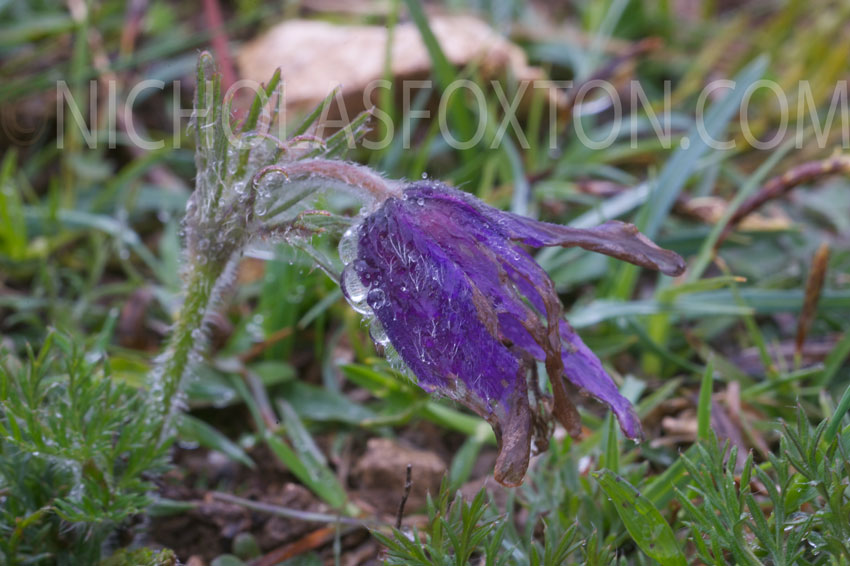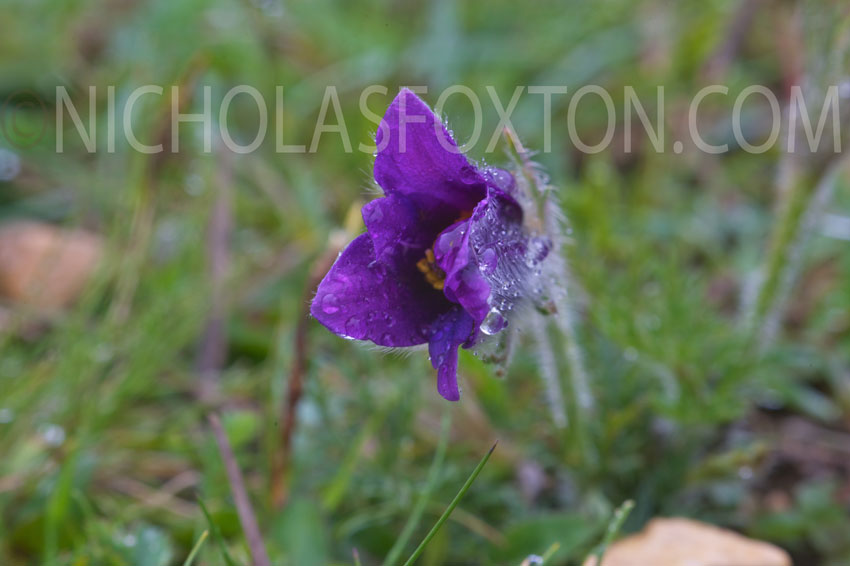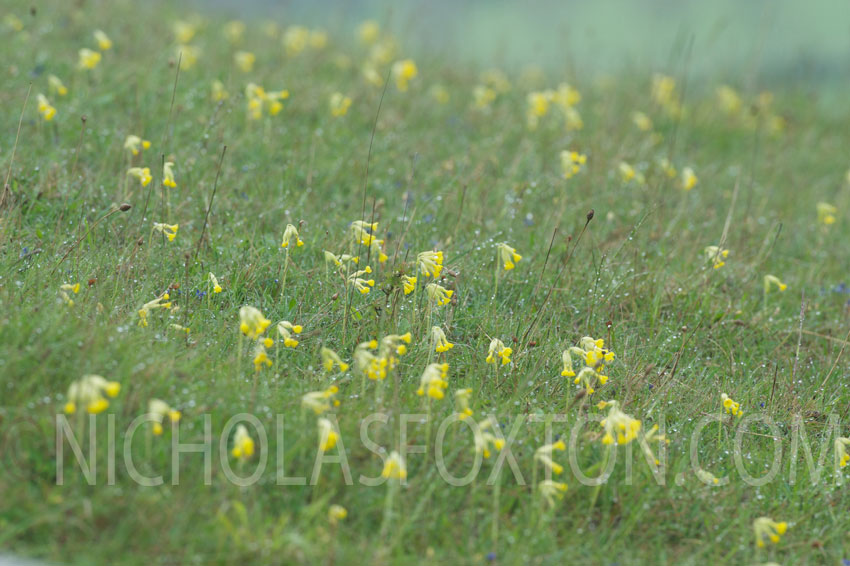Yesterday was a very wet day indeed at least in the Chilterns, with the Thames at full spate and almost continuous rain. So a near-perfect day for flower photography, if one has a fondness for mud and rain.
The rather portentous title for this blog alludes to a couple of books that I’m fond of and a region that I have spent too long being obsessed about. The books are A Quest of Flowers, a book about the Plant Hunters George Sherriff and Frank Ludlow and In Quest of Flowers :A Journey in Northwestern Hupeh by Ernest Wilson. The region is Western China/Eastern Tibet, or as it was famously called by the doyen of all of the Plant Hunters, Frank Kingdon-Ward, ‘The Land of the Great Corrugations’. There may seem to be a tenuous connection between the one of the remoter regions of Asia and the Thames valley but the Goring gap, which is where these photographs were taken is the product of similar geological process to those that shaped the ‘river gorge’ country of south east Tibet. One of (the fascinating) difficulties with discussion of this is that the terms of reference don’t refer to what we think they do as they postdate the emergence of the objects in question. So River Thames, North Sea and British Isles should be taken with a degree of caution here. With that proviso in mind one can say that The Thames (from the Celtic Tamesas) flowed until half a million years ago through the lowlands that would become Oxfordshire before turning Northeast to flow up through what would one day be East Anglia toward its outlet in what we now call the North Sea.Heavy glaciation around 450,00 years ago blocked the river course somewhere in present day Hertfordshire and with the buildup of glacial lakes caused the river to burst through the narrowest and softest part of the chalk hills that had previously enclosed it. Thus was the Goring Gap created and the course of the Thames that would be variously, a tributary of the Rhine, a richly meandering course through Doggerland (the low lying landscape now occupied by the North Sea) , and one of the ‘dark places of the earth’ (as Conrad put it) before flowing into recorded history.
It’s an atmospheric and beautiful spot, particularly with the sheer weight of water and the range of wild flowers is astonishing.
I managed to locate the Pasque Flowers (thanks to the warden Chris for precise directions) but in driving rain so the photos don’t really do justice to what is a beautiful flower. 

A solitary muntjac watched me from the bottom of the steep slope; the only reason that the rare flora here survived was that this until recently was too steep to plough. The current distribution of the Pasque Flower follows the contours of steep chalk grassland as the most up to date distribution map shows ; http://data.nbn.org.uk/gridMap/gridMap.jsp?allDs=1&srchSpKey=NHMSYS0000462153.
The real speciality of this site though are the orchids and they merit a blog post of their own.

